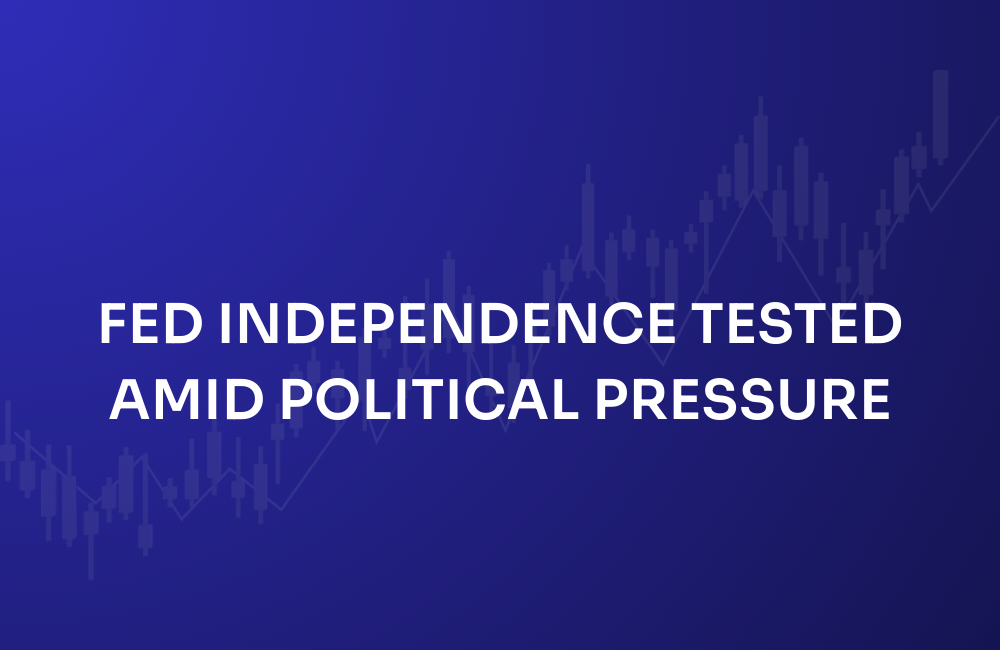
Subscribe to our free
💌 Stay ahead with AI and receive:
✅ Access our Free Community and join 400K+ professionals learning AI
✅ 35% Discount for ChatNode
.png)

Google announced a $15 billion investment in India this week, establishing its largest AI hub outside the United States in Visakhapatnam. The timing is striking: just two months after Trump slapped 50% tariffs on Indian imports, and amid Modi's aggressive push for digital independence. Here's what you need to know.
The Political Backdrop
In August, Trump imposed a crushing 50% tariff on Indian goods (the highest rate in Asia) over Russia oil purchases. Modi responded by promoting "swadeshi" (Made in India) products from Delhi's Red Fort, telling crowds: "We should become self-reliant, not out of desperation, but out of pride."
Indian ministers followed through. IT Minister Ashwini Vaishnaw publicly demonstrated using Zoho instead of Microsoft PowerPoint and MapMyIndia instead of Google Maps, declaring "It's looking nice, right? Swadeshi." His video promoting domestic alternatives hit 6.2 million views.
Ministers endorsed Arattai (a WhatsApp rival) and other Indian tech alternatives. The message was clear: reduce dependence on American technology.
The Numbers Behind the Deal
Against this backdrop, Google committed $15 billion over five years to build what CEO Thomas Kurian called "the largest AI hub that we are going to be investing in anywhere in the world, outside of the United States."
The Visakhapatnam facility will start with 1 gigawatt of capacity, feature Google's complete AI stack including Tensor Processing Units, and include new international subsea cables creating a connectivity hub on India's eastern coast. The project is expected to create over 100,000 jobs, partnering with Indian firms Bharti Airtel and AdaniConneX for infrastructure development.
The same ministers promoting digital independence enthusiastically backed the deal. Finance Minister Nirmala Sitharaman called it "a very important contribution to the India AI mission goals." IT Minister Vaishnaw endorsed it fully. Prime Minister Modi tweeted his support.
The Bottom Line
Google's $15 billion commitment demonstrates a fundamental truth: AI infrastructure needs are massive enough to override trade disputes and nationalist rhetoric. India needs the computing capacity and expertise Google brings. Google needs India's market, workforce, and strategic position.
The 50% tariffs apply to goods, not services or digital infrastructure. The swadeshi push creates friction and extracts concessions, but doesn't alter the fundamental mutual interest in building India's digital backbone.
For investors, the lesson is straightforward. Follow the infrastructure spending, not the political theater. Tech infrastructure creates mutual dependencies both sides want to maintain, even amid broader tensions.
About
Tick by Tick is the weekly newsletter that helps you understand the market, not just the headlines.


Recommended
.png)


.svg)




.svg)






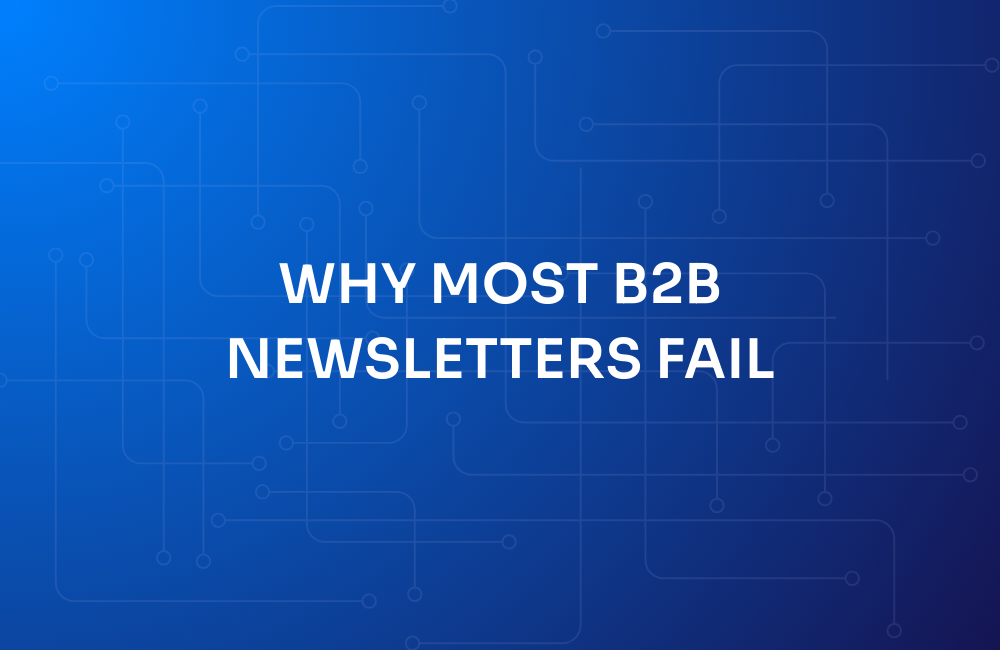

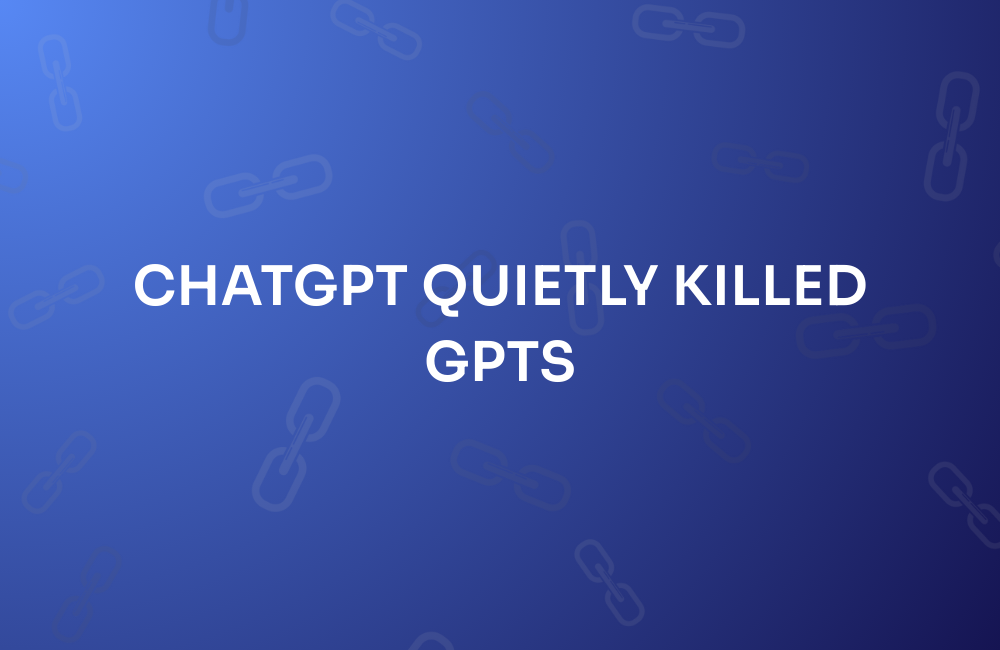

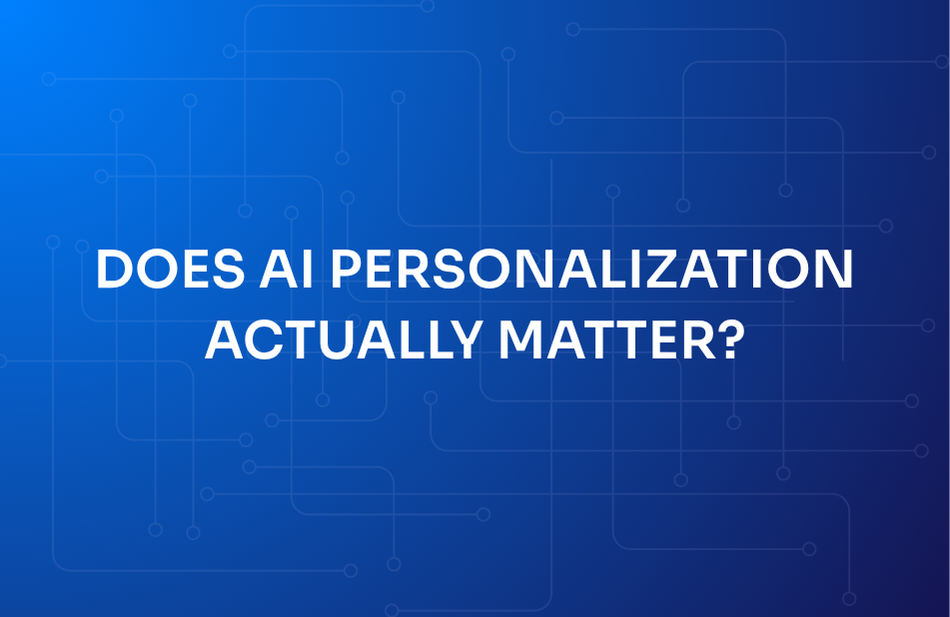

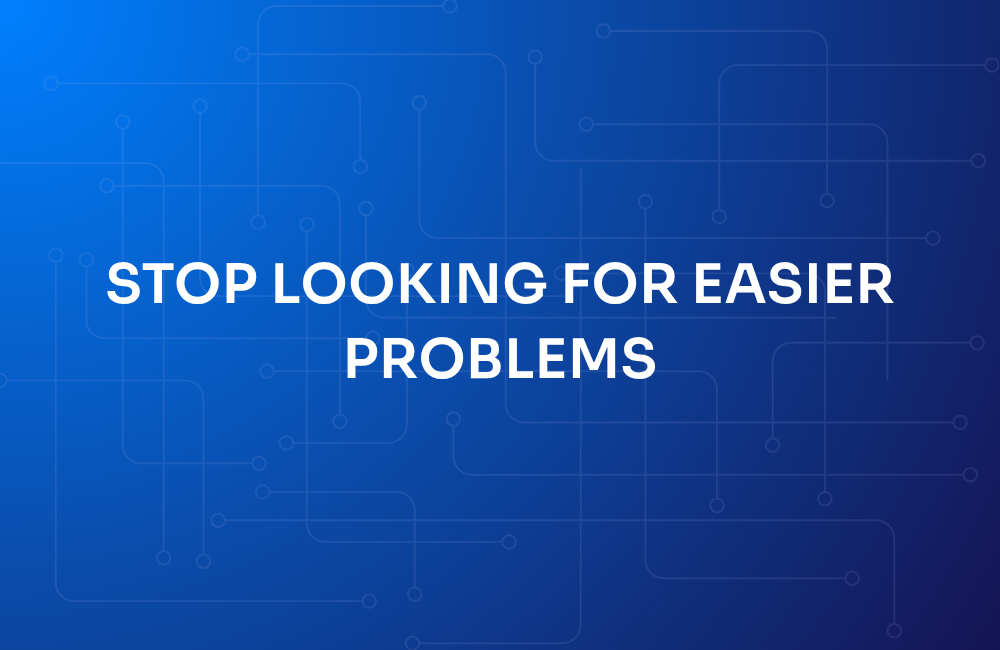
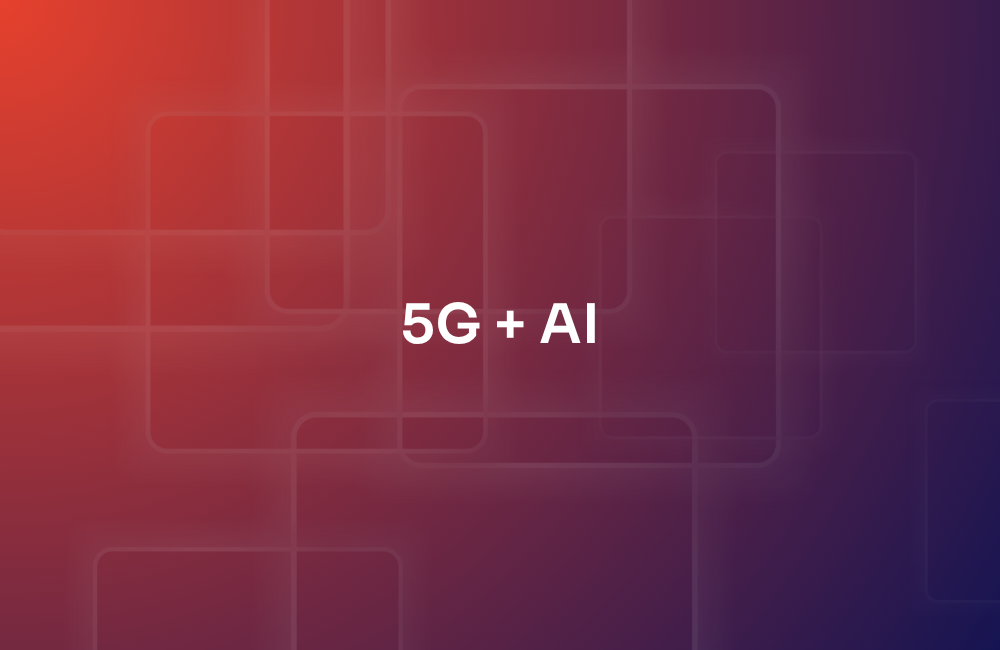
.png)
.png)

.png)

.png)

.png)



.png)
.png)

.png)
.png)
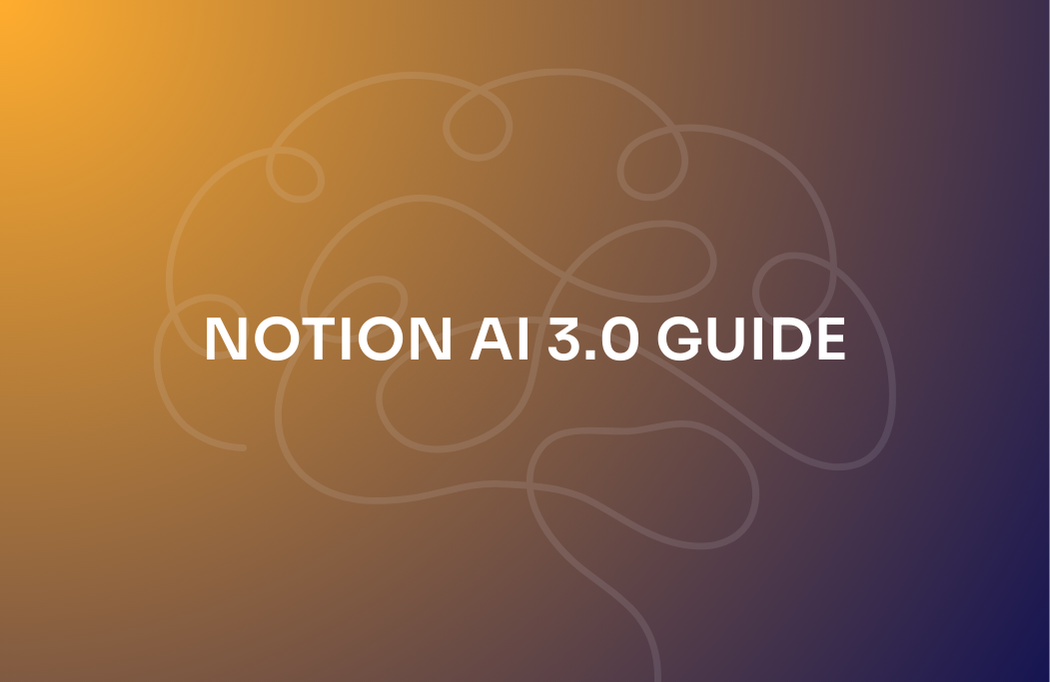


.png)
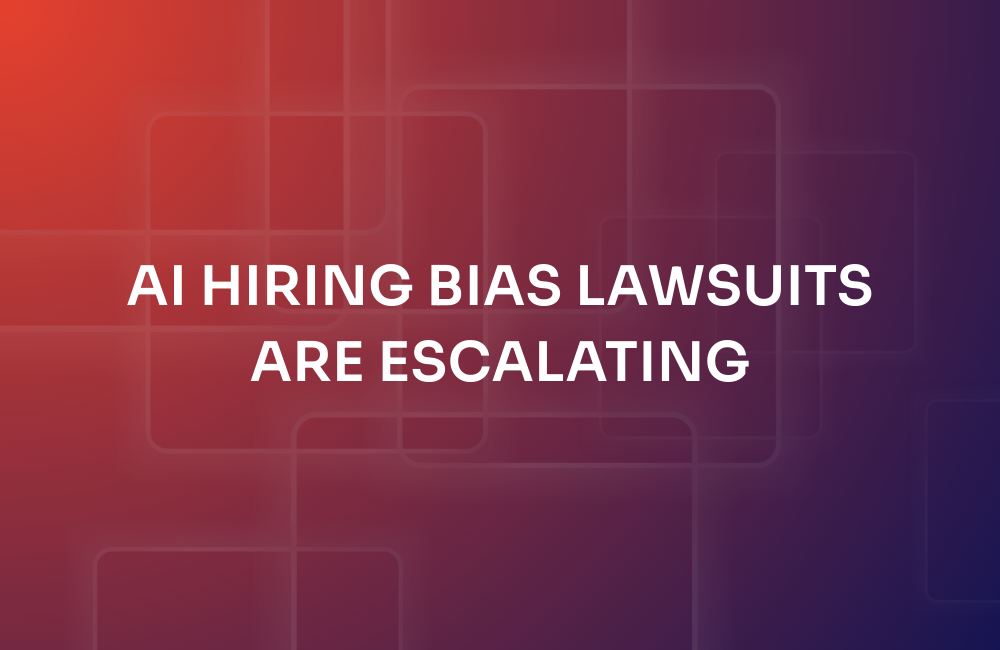
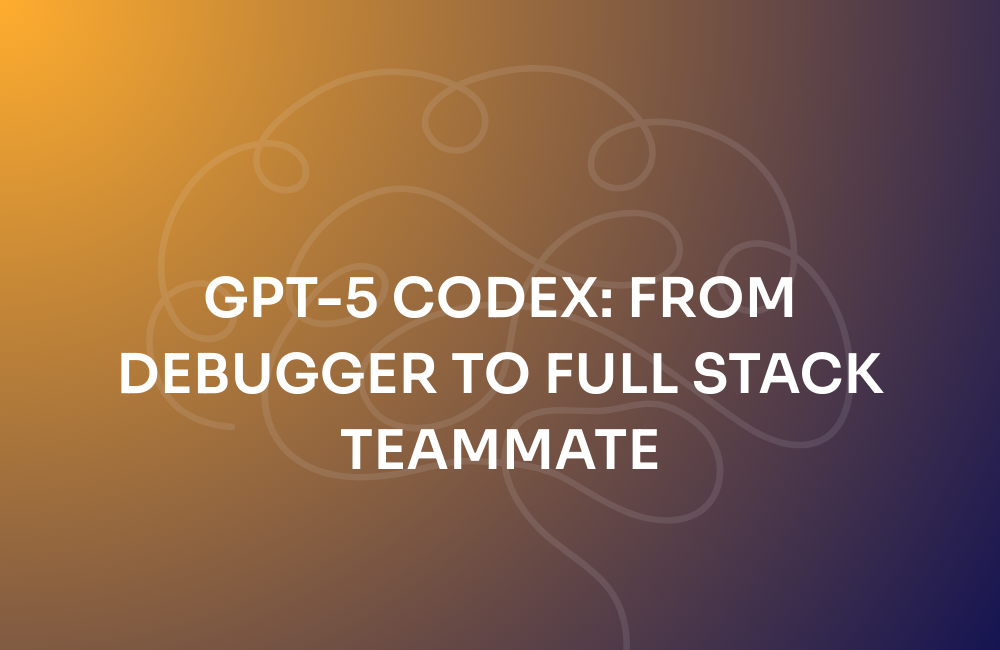

.png)
.png)
.png)
.jpg)


.png)
.png)
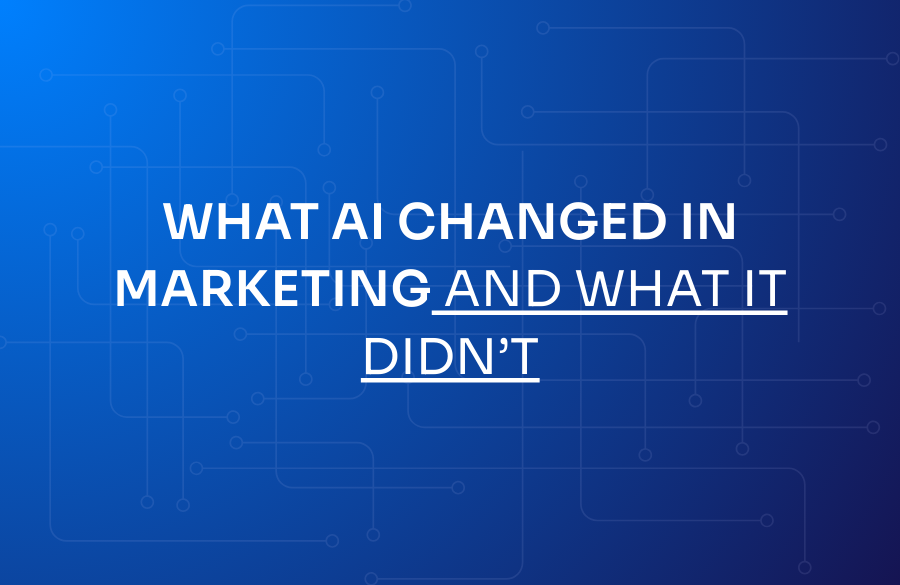
.png)
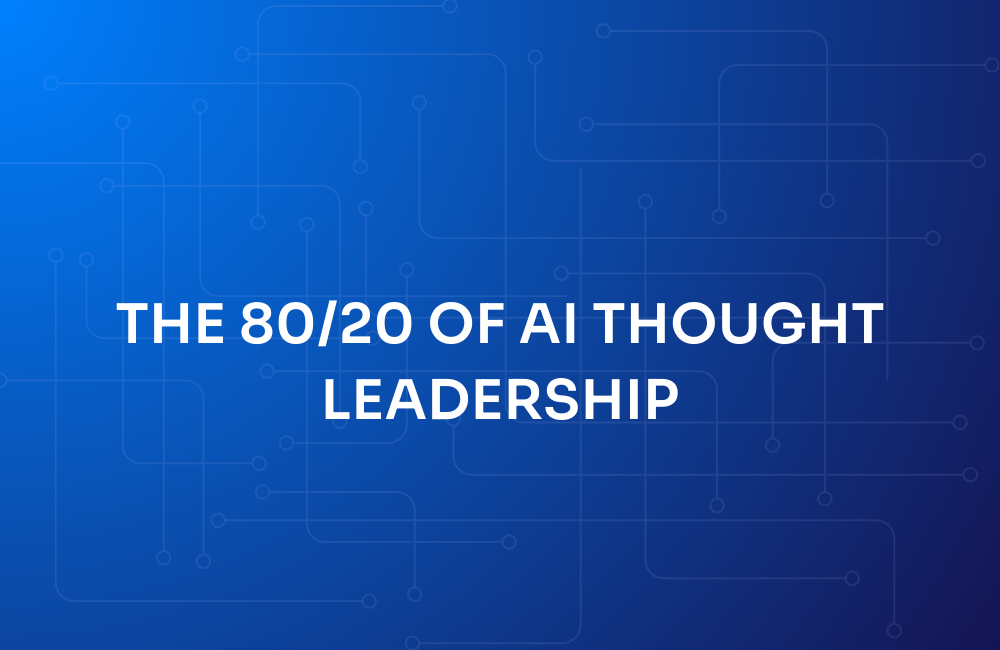
.png)
